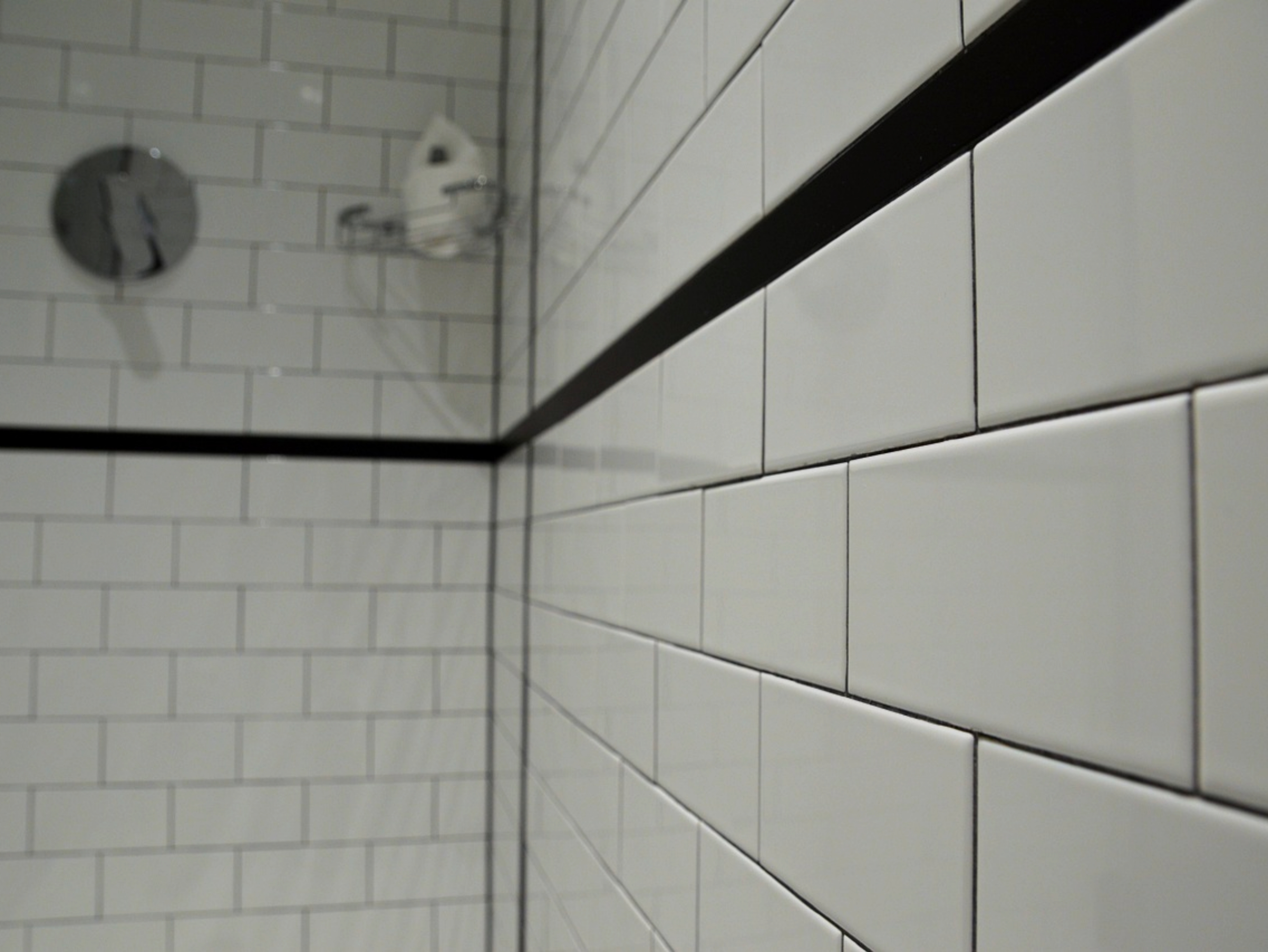 |
Architectural design process is a means or step by step stages which an architect tends to follow during a project’s design to ensure adequacy and efficiency in his work. It is this steps that helps the architect to product a workable design.
To achieve a desirable standard result, a progressive step by step approach is normally adapted. This approach is termed process.
Architecture field as a professional one must adapt appropriate processes in its dealings to ensure that standards will not to be stepped upon and also that workflow remains efficient till the end of any project.
As we know that process is highly required, we should as well know that it varies from designer to designer depending on the nature of the project and how an individual desires to flow.
As we head on, you should also note that there is an obvious difference between a ‘design process’ and a ‘design thinking process.’
A design process involves the wholes steps required to achieve a workable design of a project while a design thinking process is when a designer engages the imaginary aspect considering standards, to achieve a workable end.
The design process is not static but dynamic, this depends on the designer. We will consider three types of designers: the Architect, the student Architect, and cooperate designers. A designer chooses how to flow based on the above category but all architectural design processes tends to follow a similar pattern.
You can as well click here to read "How does the Architectural design process work?" by Kgarch.
For the sake of this post, we will focus on the student architects, how they see design and how their design processes works.
Though most of the knowledge here can still be generally useful.
Architectural Design Process for Students
Below is required in a design process for student architects:- Study and understand the design brief
- Define the problem
- Brainstorm
- Research and data collection
- Review and understand the requirements
- Sketch
- produce your design
- Make a model
- Study and understand your school system and tutors
Study and Understand the Design Brief
A design brief lays down what is the desire of a client, and it is left for you the designer to do the job of making it come to reality. So, you must understand it to do better.Design brief is your first guide and what the whole project is all about. It reveals what is required, how it is needed, where it is needed, who needs it and as well, what is not needed.
If you make the mistake of not understanding the design brief first, then things will really get messy as you move on with other stages of your design.
Anything you ever wish to add to your design must agree with the brief, if you miss the brief track, then you are heading to failure.
Finally the brief is like a contract statement between you and the client, it gives you a legal backup against your during defense (jury). If you stand by it, you have a voice, but if you do not stand by it, you have yourself to be blamed on jury day.
With student projects that are developed without a client focus, it is possible to consider the site as the client, and the needs of the site itself, and how the project design is going to meet those needs. By Firstinarchitecture in "the architectural design brief the checklist"
In addition, Archisoup provides additional insight on design brief on "the architecture design brief" in good relation to an architecture student.
Define the Problem
Each semester (section) brief in school presents a huge problem for a student architect to tackle, and unlike in the case of a professional architect who might have known how to play his way around, a student might be a complete novice and in that case he/she needs a clear and proper definition of the problem.Defining a design problem relates to understanding a brief but in a great way. To define a design problem takes you deeper to know what it will cost or take your to achieve something workable.
In fact, the design problem birth the design brief (brief tends to what is needed to solve a problem.
Note: A client might only understand the problems a design is required to solve and not the problem the design process presents.
But as you study to understand your brief, you will fish out problems to face during the rest of the design process.
In that case, properly defining the problem gives you a solid foundation to stand as you proceed with you design.
In a nutshell: finding a problem is a whisper of the danger you will encounter, but defining it, exposes the weakness(es) of the problem.
You might also wish to check this post by technologystudent site to learn more on design problem in comparison with design brief.
Brainstorm
Brainstorming is imaginary. This is when an architecture student tries to tackle the present problem with what he/she got stored up in his memory, you can simply term it: trying what you have.Brainstorming helps a student architect to know how much he/she can do for his/herself, and the realizes how much effort is required.
With this an architecture student knows how far he/she must go in research and data collection, to be able to tackle the problem at hand.
For some, their brainstorming period could result to enough information for a sample proposal (Sketch) which will greatly help then on the long run.
Forbes contends for brainstorming on "brainstorming is dead; long live brainstorming" with the following words:
But long-live brainstorming.
What our experience and the critics of brainstorming fail to realize is two-fold:
1) brainstorming is typically never done properly and
2)brainstorming isn't a standalone process.
Research and Data Collection
The mean purpose of a design is to solve a wide range of problem as close as possible. For this purpose, a detailed informations on that particular problem/problems must be gathered.These includes:
- The functionality of the design
- The users
- The geography
- The usage, etc.
Since so much is to be consider to deliver a quality design, it is advisable to go deep in this process which creates a platform for a smooth consideration during design.
In summary research gets you to know possible problem!!/problems and how others tackled it and simply using it as a guide to established a good design.
Case study is the major thing that fall in here. It is the visitation of an existing structure, similar to what you wish to design, the getting Indies on the flows and so on. And finally designing something to better suit the location designed for.
Review and Understand the Requirements
Review your collections in relation to what you are required to do. And make sure you don't totally go off the instructions/requirements in your conquest to solve the given problem.Sketch
You are now good to drive your ideas into a sketch. Your sketch should be closely proportional to the actual dimensions.This will ensure that your design will be as close as possible to what you sketched.
To some, you can use scales on your sketches, it is not totally out of it.
Arch20 outlined some tips on "Architectural sketching: 10 Tips to Sketch Like an Architects."
And Bob Borson of lifeofanarchitect stretched it out as he made some detailed explanations about his personal architectural sketching on "Architectural Sketching or How to Sketch like Me"
Produce Your Design
Gather your tools and move on to your design, success is at hand.This stage is the time to get the real thing into work by reproducing your sketches into a properly scaled drawing with appropriate dimensions.
Make a Model
Model presents the actual building in real life. Representing what is expected to be achieve on the ground.Rjmodels claims to have a complete guide on professional architectural model making. Click here to see for yourself.
You can also learn the "16 tips to improve your model making skills" by Ariana Zilliacus of Archdaily by clicking here
Study and Understand Your School System and Tutors
It's obvious school don't really jury with a main standards. Though this is meant to be so but it is not really that way.And in most cases jurors are your tutors. So having knowledge on how they expect you to do things will perfectly help you to do better on juries.
To conclude; architectural design demands so such on the design side which must be given for a better result.











You are welcome dear,
ReplyDeleteDon't forget to check on our upcoming posts.
Also share this post to friends.